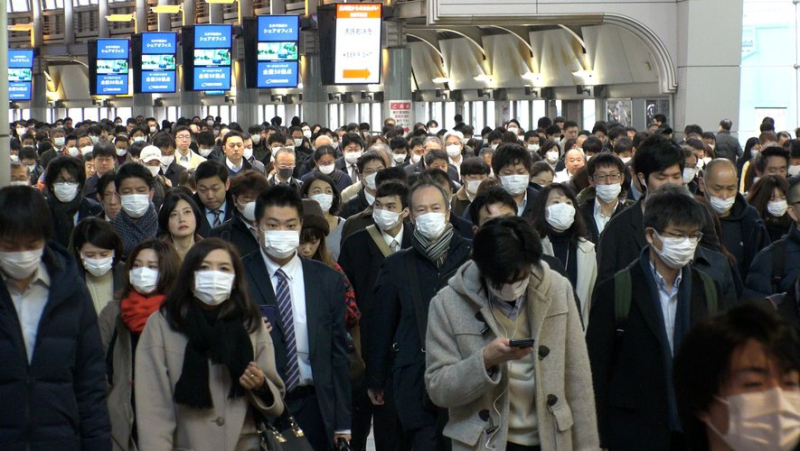Streptococcus A: what is the “flesh-eating bacteria” that worries Japan ?

Streptocoque A : qu’est-ce que la ” bactérie mangeuse de chair ” qui inquiète le Japon
Strep Toxic Shock Syndrome (SSTS) is most commonly caused by Streptococcus A, nicknamed “flesh-eating bacteria.”
Since January 1, Japan has recorded an outbreak of the disease with 517 cases. A figure that worries health authorities as SCTS is fatal in at least 30% of cases.
517 cases between January 1 and March 17, according to the Japan Times. Japan is concerned about the explosion of cases of streptococcal toxic shock syndrome when 941 cases had been recorded over the whole of 2023, already a record year. That same year, SCTS caused the death of 30% of infected individuals, i.e. "an extremely high mortality rate", according to the Tokyo Metropolitan Government.
Streptococcus A in question
SSTS is most often caused by angina and impetigo in 80% of cases, it is, more rarely, responsible for invasive infections.
GAS is particularly the cause of extremely serious and often fatal invasive infections:
Fasciitis or necrotizing dermohypodermatitis: this is "a complete destruction of soft tissues, hence its nickname "flesh-eating bacteria" quot;, recalls Public Health France; Streptococcal toxic shock syndrome (SSTS) causes multiple organ failure; Meningitis, the inflammation of the membranes surrounding the brain.
Among the invasive infections linked to GAS we also find endocarditis and even septicemia.
Invasive infections that are often fatal
According to figures from Public Health France, invasive infection caused by S. pyogenes is fatal in 50% of cases of meningitis, 40% of cases of SCTS, 20 to 45% of cases of necrotizing dermohypodermia. "With high epidemic potential, S. pyogenes is transmitted by air (droplets, editor's note) or direct contact in the & rsquo;patient entourage", note Public Health France
According to Japan Times, transmission can also occur via injuries, particularly to the hands. The diagnosis of invasive infections is based on the detection of sterile bacteria.
The Japanese authorities urge the population to seek medical advice quickly in the event of pain, swelling of the limbs or a fever. Treatment is based on taking antibiotics. However, the Pasteur Institute indicates an increase in the resistance of S. pyogenes to several families of antibiotics.
Cases rising in Europe
In 2021, the Pasteur Institute highlighted "a real increase in invasive streptococcal A infections in industrialized countries and particularly in Europe. In France, these invasive infections have been increasing since 2000, the incidence rate having increased from 1.2 to 3.3 per 100,000 inhabitants.
In 2022 in particular, several European countries including France, Ireland, the Netherlands, the United Kingdom and Sweden had recorded an increase in the number of cases of invasive infections group A streptococcus in children under 10 years of age. "In France and the United Kingdom, the number of cases of invasive GAS infections observed in children is several times higher than the levels recorded before the pandemic for the equivalent period" then noted the World Health Organization.




